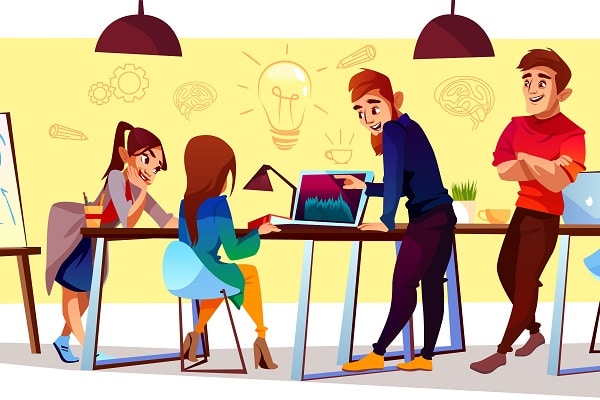Important Technical Skills To Gain During A Degree in Animation

An aspirant pursuing a degree in animation needs to be technically sound and simultaneously have to be creative for a fruitful career. One should indulge with the power of visualization and can incorporate it with the imagination. Technical skills are vital for proceeding on a path to success. Good communication skill with time management creates an excellent animator. An animator should complete a job at a given time, which is necessary for the creative field. One should be passionate about the work and ready to put in hard work as it requires a significant level of patience.
To acquire technical skills, one needs strong knowledge in the specialized area. It requires both time and resources to develop vital skills. As technical skills, one should know the foundation, concept development, storytelling, modeling, texturing, lighting, rigging, animation, simulation, rendering, and compositing. All these skills learned during a degree in animation are explained below.
Technical Skills To Learn During a Degree in Animation Explained
- Foundation– It is a building block for animation as it gives a base to develop a good animation video. One should have a good color sense to deliver the mood. Colour plays an essential role in any visual storytelling process. Design principles help develop content more organized as it is a vital process in creating graphical elements.
- Concept Development– A basic idea about drawing and sketching helps transform ideas into the design and later on develop content. Visualizing ideas gives an animator to build and deliver the story.
- Storytelling– One should be an excellent storyteller and having an acting skill gives freedom to create a story. An animator will have a script, screenplay, and plot, but knowing acting will create those little moments that can turn around any ordinary content to wow. It is the most vital skill one must learn while pursuing a degree in animation.
- Modeling– It is the place where one will create characters and design environments. How the actor will look and behave have to design during this level.
- Texturing– here, one will learn the power of giving a realistic feel to the surroundings, props, and characters. One will enjoy learning shading, creating textures, and how to apply them.
- Lighting– It plays a vital role in giving the whole content a realistic feel. A good sense of lighting can recreate the scene. What color to use and how light will impact provides control over the stage. Whether to create a horror scene or give a divine look, lights provide the power to achieve that. You will learn deeply about it during your animation course.
- Rigging– It is a process of creating structural bones which help in animating the character or props. It helps in moving the body parts while creating bones and linking through kinematics. Rigging determines how a character will walk or simulate any body parts concerning others.
- Animation– With the help of rigged characters or props, we can quickly animate them to get desired motion. One needs to learn the timing and spacing, like how the animation will be, whether the movement will be fast or slow.
- Simulation– This is a process where hair, fur, cloth, or any other dynamic object will move more realistically. Imagine a large grass field of paddy and its movement with wind or a running lion with its wavy furs. All can be achieved through simulation. A fire, snowfalls, rain, or a blast can simulate, whichever requires as per the script.
- Rendering– This is a stage where the software will generate photorealistic images. One will tweak settings as per the requirements of the scene. It is a process of converting a 3D model with animation into a series of photorealistic images.
- Compositing– This is the final process where one compiles all the elements into a single image and then rendered them into the final output. Strong compositing sense is required to create the look and feel of the content. One will know the power of different tools to retouch or recreate the scene in the desired look.
These all techniques require time to build. These all help in generating visuals to create perceptions. One should specialize in anyone or be able to carry all together helps in getting into the industry. With technical skills gained during your degree course in animation, you should know the visual communication power to become a successful animator. If you aspire to join a top animation degree college, then you should look for it on the internet and visit the website of top-ranking colleges.
